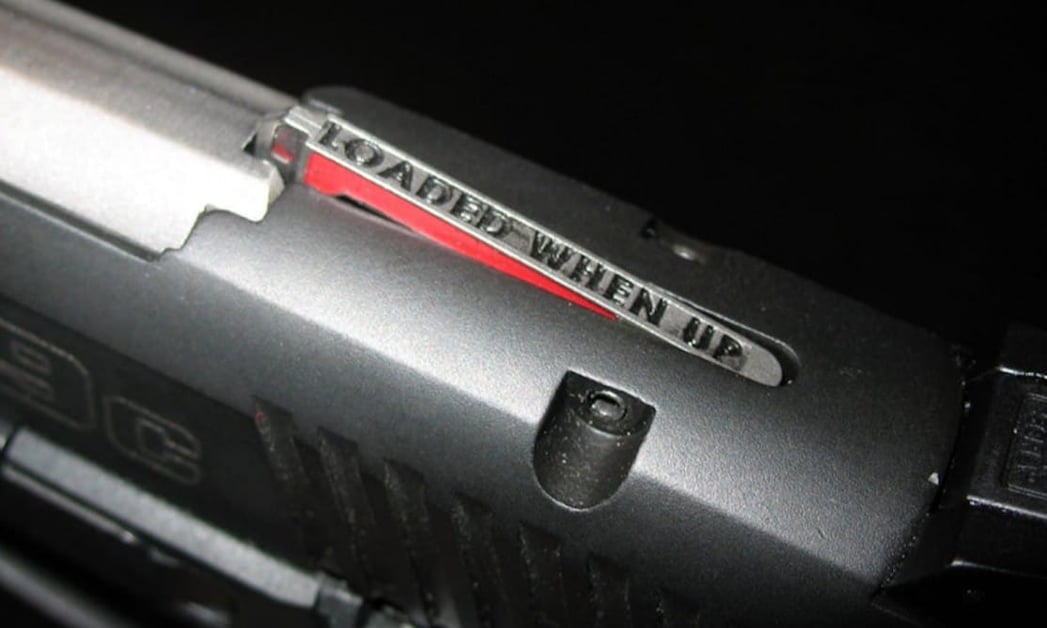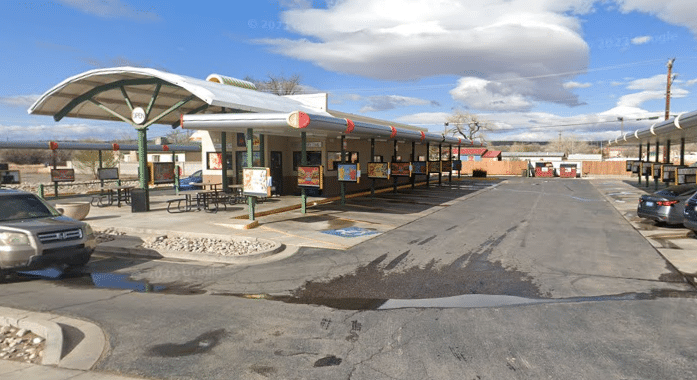By Luke McCoy via USA Carry
It’s the first rule in firearm safety: treat every weapon as if it is loaded.
Yet, there’s plenty of occurrences where someone assumes a gun is unloaded. The results can be disastrous.
The reason why we always check to see if a firearm is loaded is because it only takes being wrong once to ruin things for good. More importantly, it’s easy to check a handgun to see if it’s loaded. Some handguns even have indicators that act as a “heads up” that the gun is loaded. We should never take an indicator as proof positive that there isn’t a round in the chamber, though.
How To Properly Check To See If A Handgun Is Loaded
For those who may not feel confident with handguns, we’re going to discuss a sure-fire way to ensure a pistol is unloaded. A couple things you should never do:
- Look down the barrel of the gun.
- Point the gun at anything you do not intend to shoot while inspecting to see if it is loaded.
- Let the barrel wander during inspection so it is facing another person or animal.
All visual inspection steps can be done by pulling upper receiver to the rear and there is no gun that would ever require you to stare down its barrel.
Step 1: Point the weapon’s barrel in a safe direction
The best place to start this is by maintaining basic firearm safety and ensuring the barrel of the gun is never pointed at anyone or any living thing.
Step 2: Eject the magazine from the pistol.
Press the magazine ejection button, usually found on the side of the pistol grip. For certain pistols, like the Walter PPS, there are models that have the magazine ejection lever located beneath the trigger group. Pull that switch downward to eject the magazine.
For revolvers, you can usually slide the cylinder out and visually inspect from the back end whether rounds are loaded. Even if the shell case has its primer indented, don’t assume it’s a spent shell. Eject the shells and actually check and ensure they are just shells. Little details like having one live round and five spent in a cylinder can be a potentially disastrous detail to miss.
Step 3: Pull the upper receiver back towards you and lock it in place
While simply pulling back the upper receiver will give you a glimpse into the pistol’s chamber, it’s a good practice to lock it to the rear and visually inspect the chamber to make sure it is clear. You still keep the firearm’s barrel pointed down range or in a safe direction at all times.
Step 4: Under dark conditions, inspect digitally with your pinky or with a flashlight.
Some chambers, like that of the CZ-75D PCR, are not always easy to inspect visually under dark conditions. Use a flashlight to visually inspect or use your finger if the upper receiver is locked to the rear.
Once a pistol has been inspected by you and it is completely unloaded, it is now safe to hand off to another person for his use. He should then inspect the gun to ensure it is unloaded before either storing it or loading it himself.






![[VIDEO] Man Pulls Gun On Protesters During Assault, Won’t Face Charges](https://imagedelivery.net/sbm_lYeJbALkepJgtmRD5w/concealednation.org/2021/03/ScreenHunter-665.jpg/w=728,h=381)







